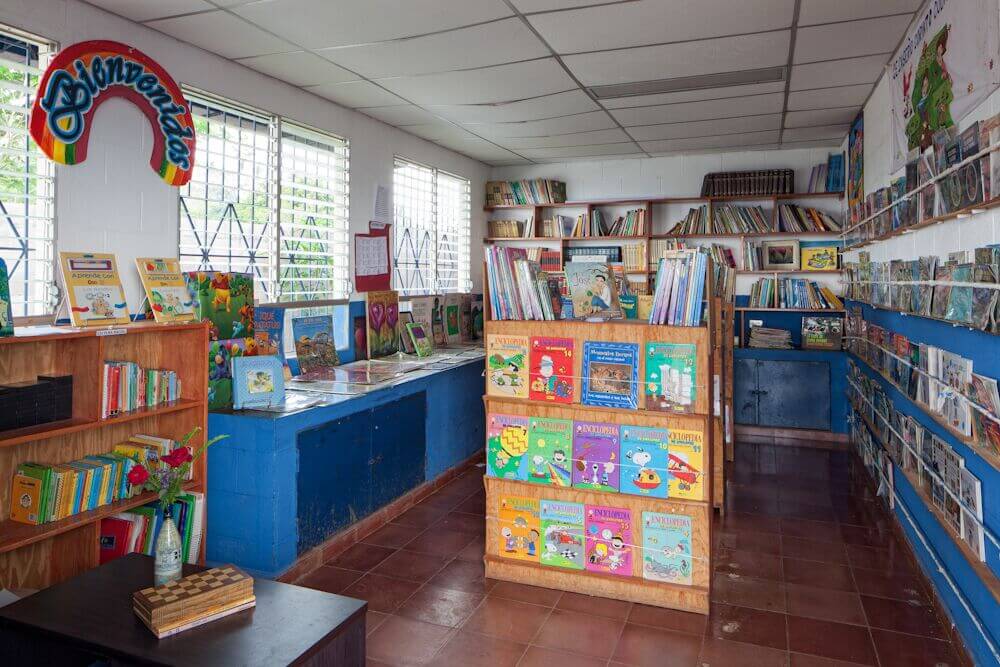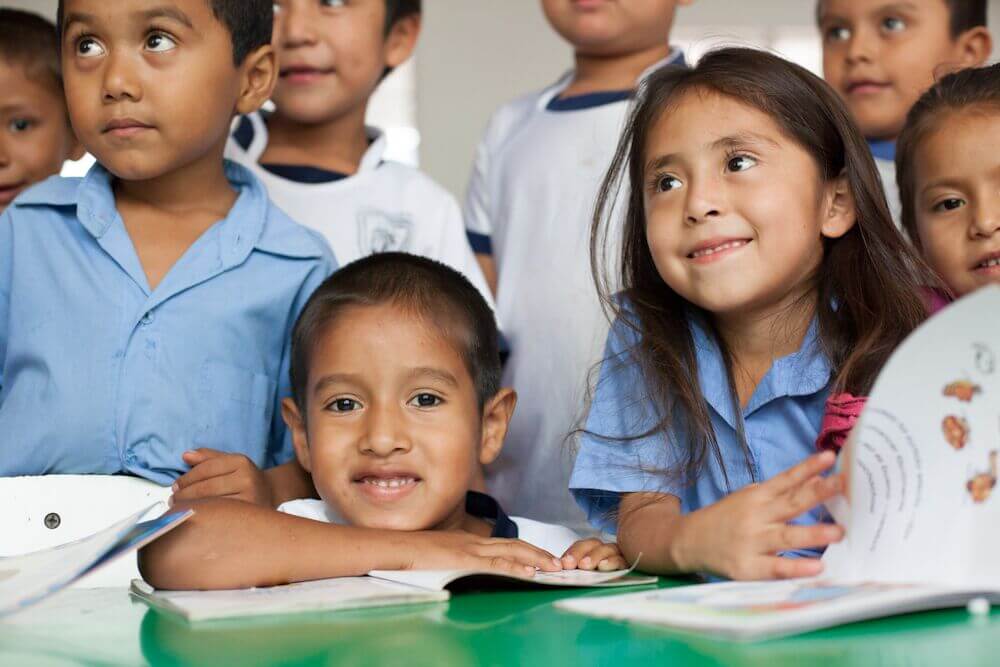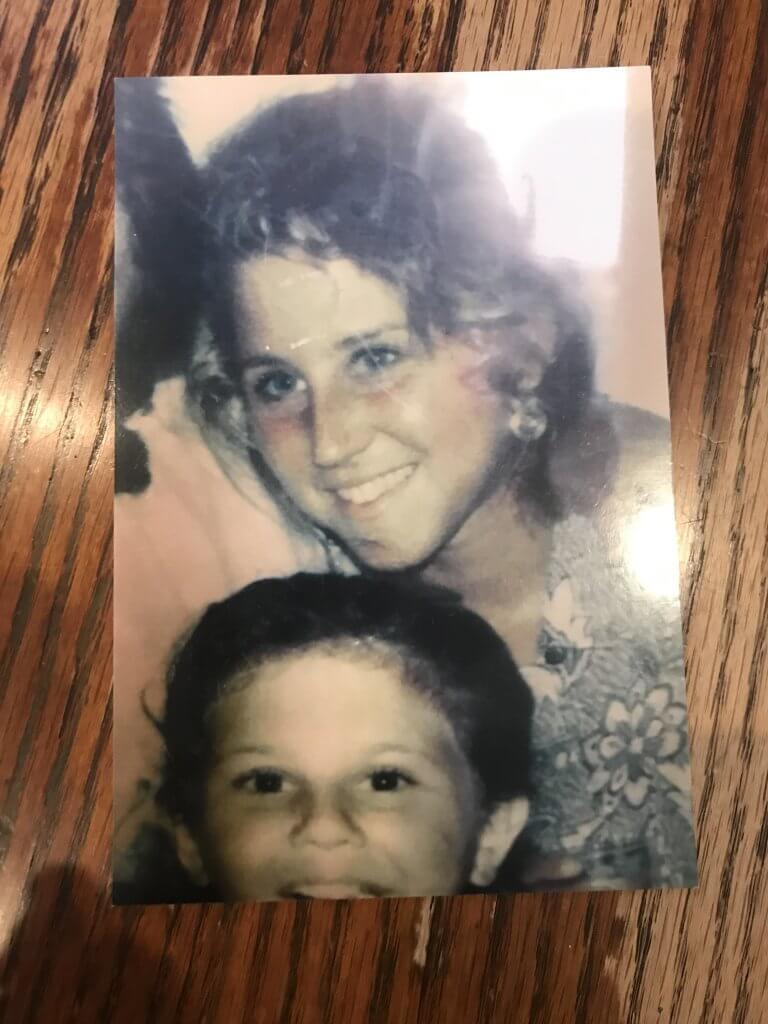February 6, 2020 by ConTextos
We’re starting a new blog.
My first job after college was as a 5th grade teacher in the South Bronx. PS 63, The Authors Academy, at 169th and Boston Road. After three years, I went to Honduras and taught 7-9th literature and language arts, and a year after that, was invited to El Salvador, to work on a national education reform project to improve teacher instruction in reading, writing and oral communication (literacy).
ConTextos was born out of that trajectory. At PS 63, I learned the power of reading and writing with my students, who had been labeled failures, low scorers, bad students. Reading and writing and talking and writing and reading what we wrote lifted their test scores, and their esteem. In Honduras, on-going writing projects where students were asked to not just respond to literature, but to write their personal reactions, connections, ideas; they put on a series of plays adapting famous stories to take place in the rural Honduran context: A Christmas Story in a Mayan town, with a reggaeton rappero (rapper) as one of the ghosts, and Cinderella with a tuk-tuk (rickshaw) instead of a pumpkin.
And then in El Salvador, I worked on a big fancy, national program with a big fancy organization with a big fancy budget. We were charged with training thousands of teachers to reach hundreds of thousands of kids and I was privileged to coordinate an incredible professional development program, but ultimately getting teachers to show up to trainings is way different than getting them to change their practices. We achieved the former, not the latter.
So nine years ago, I founded ConTextos to address that problem: to improve the educational experience for kids in El Salvador. But over these nine years of evolution, our work has changed so much. Today, when asked what we do, I explain: ConTextos works with young people affected by violence.
Then I explain our evolution, that we didn’t intend to be a trauma-informed program working with young people living at the heart of street violence and poverty; we started off with the goal of improving the quality of education in El Salvador using the resources and knowledge we had available: access to really high-quality children’s literature in Spanish, free shipping to El Salvador, and years of experience in teacher-training and education, specifically in the area of literacy.

I tell about how we spent the first two years making nothing but mistakes as we iterated and experimented to figure out how to best support teachers to provide instruction that actually made a difference to students’ learning experiences and outcomes.
I tell about how 9 years ago in El Salvador, saying “critical thinking” was frowned upon for being too lefty, too communist… so we didn’t use that term. We were considered a libraries and reading organization, even though our goal was to support thinking and expression; to lift the quality of ideas and conversation, not just the amount of reading.

I tell about how three-years into the work, we started seeing transformations. Not just changes in teacher practice, but changes in the kids. Kids were asking different questions, inside and out of the classroom. They asked why they couldn’t garden on the rooftops. Or what would happen if they decided to divide their fledgling tilapia pond, too small for the fish to grow full, into multiple farms in homes throughout the community. The teachers said these questions were a reflection of the changes in their classrooms. Yes, they were reading more and reading better… but they were demonstrating curiosity, questioning, sharing opinions and ideas.
And then, late into that third year, the teachers from Corinto school invited us to visit, there was something they wanted to share. And the students, students we’d known for nearly 4 years, read aloud. I remember, still, one little girl’s story—she lived just in front of the school and I knew her home and her family—she read of seeing her reflection in the guacal, a small bowl, as she washed her face, when she heard her father’s cries. He was coming home after being burned in a sugar cane field. He died days later.
The teachers didn’t know that story. Her classmates hadn’t know that story… For her, writing the story was healing. For her classmates and community, hearing the story was awakening.

That’s when we iterated and changed and evolved to address not just reading and thinking but writing and expression. And so was born Soy Autor, Authors Circle… and we intentionally expanded to where El Salvador’s violence (gang violence, poverty, migration) was most prevalent.
It was in the first rounds of this programming that we learned that this wasn’t just a literacy workshop, but a trauma-informed program utilizing narrative therapy. The psychologists who we had engaged to support our staff begin talking about the compounded trauma that caused El Salvador’s epidemics of violence; that explained that the street violence was a reaction to that trauma—hurt people hurt people; it was a symptom of the problem, not a cause.
They explained that the little girl who wrote about her father’s death wasn’t any different than the teenage boys with tattoos on their faces who identified as 13th or 18th street. Across El Salvador, communities lived in trauma; the violence of a 20-year war, the uprooting of mass migration, the legacies of poverty: so many ways that individuals and family and communities experienced loss. These psychologists explained how and why telling your own story, and even more so the experience of writing it down and then sharing, is empowering: stories that are invisible and ignored can be seen; stories that seem on the margins help bring the margins to the center; and the story-tellers, the authors, are protagonists of their own experiences, rather than mere recipients of forced experiences.
Since then, in the past six years, we’ve helped Authors Circles expand throughout El Salvador, into other countries in Central America, and now into Chicago. I tell people that we work at the intersection of criminal justice and education; that we provide programming and support that can work for anyone anywhere, but ConTextos is passionate about and prioritizes serving those who are most ignored and most stigmatized and often living the worst of what we have to offer.
I tell people that ConTextos’ work is both process and product. In the case of Authors Circle, the process of writing is the power of going from hurt to healing; writing is a release, it’s therapeutic. But it’s also product, the final produced piece presented to the world; stories that help destigmatize, that spark empathy, that build bridges. In our work, it’s not enough to write and even to share with other Authors in Circle, but to pick one piece to put into the world, one final personal narrative that isn’t the whole story, and isn’t necessarily the worst part of your story or the most sensational piece of your story, but the story that needs to be told.

This is the story I usually tell to explain ConTextos.
But I realize, in these years as our work has evolved, and I’ve seen so many people cry and laugh and find healing and strength as they’ve written their stories, shared their stories, this is not, really, how ConTextos was born.
When I was 12-years-old, my sister Caryn died in a car accident. I still remember the details of that night—the silent car ride to the hospital, the greeting at the emergency room, being told that in a few moments she would die, the steady stream of family and loved ones to the hospital, the hearses arrival and our departure.
I ate pancakes for breakfast at a diner with my sister, her then-fiance and my cousin. I remember thinking, how strange that Caryn is dead, and I am eating pancakes. That was the first of many firsts without her, each a small grief in their own— another loss; the loss of space between life with her and without.
And then, I remember only brief images of the days and weeks and months that followed.
I do remember my first day of 7th grade, the assignment to write about summer break, and while my classmates wrote about camp and the beach, I wrote a detailed memory of that night that Caryn died. The strength of the story established me as a writer, and I remember showing that writing to my father, who made copies of it and passed it out at dinner and everyone read it and it was one of the first times that my family, living the horror of those first few months after my sister’s death, spoke about what we were feeling.
And then, I remember quite little. For years.
But my story comes into focus, again, in my sophomore and junior years, as I learned to explore literature and my English teachers invited me to use those stories—JD Salinger and Moby Dick and Anna Karenina and even the Bible—as lenses to see not only literature, but my own life.
I ached to read the human experience of loneliness and grief, of identity, of youth. Of before and after loss.
As my time passed, the grief of my sister’s death was no longer about just missing her, or the hole she left, but how the rest of us could grow and evolve and change without her, so deeply influenced by the loss of her. Suddenly, her loss was more powerful than her presence had ever been. My family still refers to the writings I shared that explored the feelings of loss and grief, the questions that hung pregnant at our dinner table but were never asked. And when my father died three years ago, I found on his bedside table, a copy of that story I’d written in 7th grade.
What’s the elevator pitch for ConTextos? We don’t have one. Because this work can’t be explained quickly, and it can’t happen quickly. It’s on-going and it grows. It’s deeply personal and always, inevitably, connects others stories to our own, and helps make sense of our trajectories, and reframes the maps that we’ve long assumed to reconsider the routes we’ve taken, and those we’re still yet to take.
I share this story of ConTextos, which is my story of entrepreneurship and iteration, but also of loss and healing to introduce who we are as ConTextos, and who I am as it’s founder.
And to launch our Chicago blog as a place for us to share the personal journeys, the sudden reflections and observations, the very personal connections, and the sometimes uplifting, and many times frustrating, landscapes we work in. A writing space because we are writers. A place for the wider audience to meet myself and our team, our partners, and especially our Authors. To hear our thoughts and reflections about the evolving story of who we are as individuals, and as a collective. To read stories of those we love, and those we’ve lost. A place to heal, and to promote healing; to build bridges and complicate assumptions.
Even now, writing about Caryn, 28 years after she died, is painful and healing. To put her name to paper and share that with the world is a release. This is my process, one that started when I was so much younger, and one that I get to bring to others each day. I’m eager, grateful and relieved to invite ConTextos’ community to have this platform to publish, and to keep writing our story.
Recent Posts

My Life by David J
I’m just waiting on my big chance to perform the best show for the rest of my life with freedom and happiness. My time will…

Can You See Me?
Can you see me? — on view at Weinberg/Newton Gallery, Arts + Public Life and SkyART from October 14 to December 17, 2022 — challenges viewers to reflect…

Remember when it was called Corona?
This report captures a snapshot of the work we have accomplished during 2020-2021, The Covid Years.


